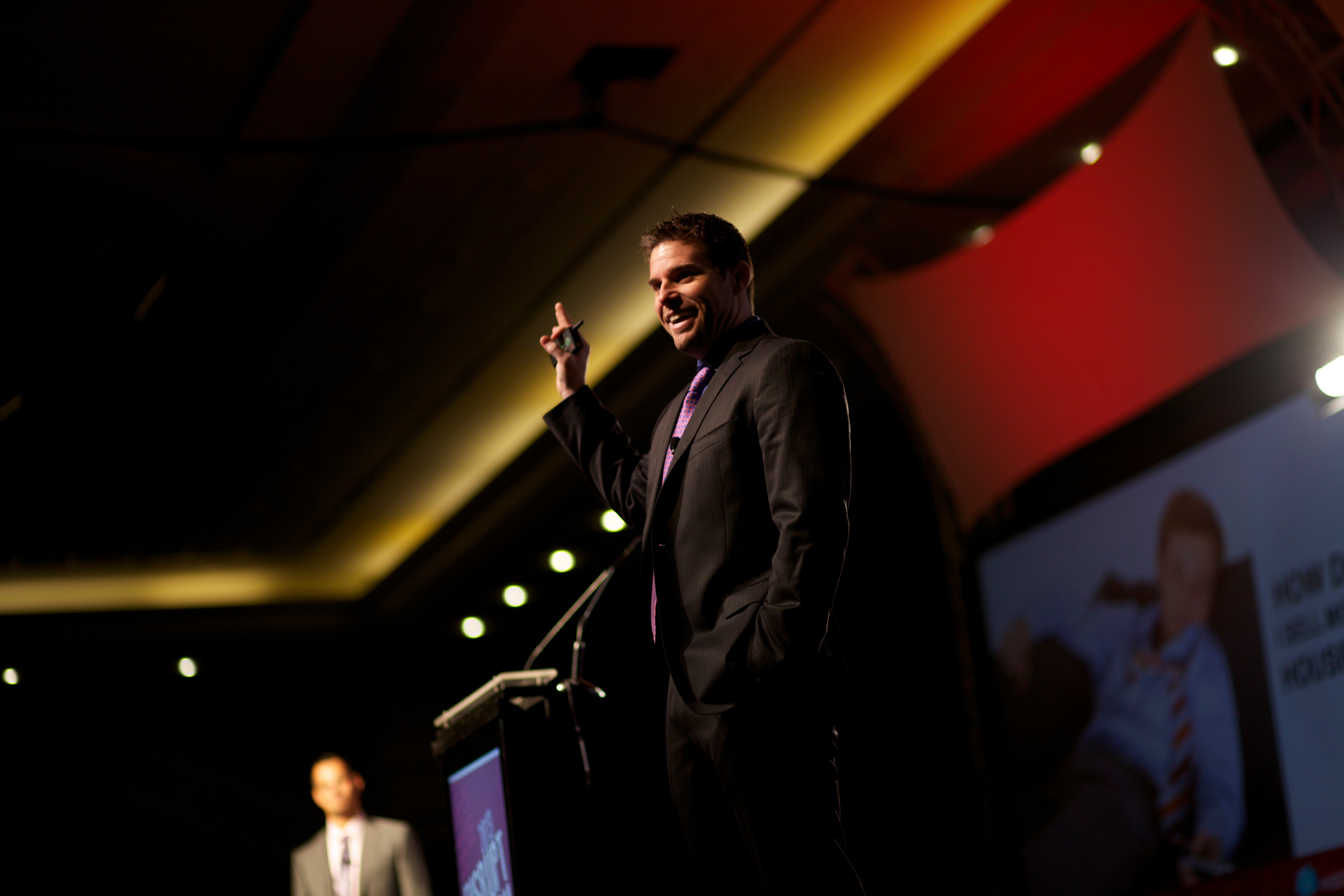"When you can make your team align with your company's values, mission, and vision, the team will rise to a new level of performance."It is critical to create a team that works together because the cost of replacing employees is high. To replace a high-level staff member, it will cost you up to 400% of their yearly income. For mid-level employees, the cost is 150%, and for low-level, the cost is 30 to 50%. No one has that kind of money to spend. The Container Store gives their employees 236 hours of training a year. This is compared to the 15 hours a year that a typical company provides. Why do they do this? They understand that the link between the customer and the brand is the staff. What can you do to help your staff? Here are three keys to training that will help you produce a great culture and increase your brand distinction:
- Self Leadership
- People Intelligence
- Innovation and Problem Solving
Self Leadership
Real estate success or failure doesn't happen in the office, or during home showings, or even during closings. Success happens between your ears. A study was done to determine why just 10% of those graduating from high-end colleges were successful. It all came down to one attribute. It was not intelligence, but attitude. Those that had the attitude, or mindset, to succeed were successful. Thankfully, the mindset can be built. It starts with getting rid of the things that are holding you back and then moves on to developing a sense of purpose and legacy. It requires that you answer the question, “Why am I here?” When you know why you are here, then you can turn that to your business. This is called being authentic. When a real estate agent authentically cares about a client, they will give their undying loyalty. It is a matter of walking your talk.The Heart Map Institute set out to determine what made 10 hoodlums capable of inciting a riot. It turns out that your body has a field of influence that radiates about 15 feet in all directions. When someone is within five of you, your emotions can affect their brain activity.So, the obvious question then becomes, how do you create your emotions? Simply by focusing your mind. Whatever you are running in your head is what creates the emotions that people feel. If you are thinking happy, positive thoughts, people will feel happy and positive in your presence. But, if you are thinking negative thoughts, then they will feel negative. Remember, when it comes to your business, you are the brand. The psycho-emotional states of you affect your bottom line. That is why it is necessary to invest in the human equity of your organization. If you don't, your company won't be sustainable. How can you invest in human equity? Focus on self leadership by doing the following:
- Have every team member design their own professional mission statement based upon their top five values. This will help them look at what they are doing each moment to see if it aligns with their values. If it does, they know to proceed. If it doesn't, they know to refrain.
- Help your employees rid themselves of the junk they carry around the inhibits their performance. Give them the right tools.
- Give them the skills to increase positive beliefs.
- Teach them that what they say to themselves matters. Try saying things like: I can. I create. I am a powerful force for good. Remember, language creates emotion, and we use 70, 000 words a day. Make sure their self-talk aligns with their values.
Remember, life doesn't happen to you. It happens from you.
People Intelligence
Your teams are made up of many “I”s. Understanding these different individuals and getting them to pull together will help you with your team. The point of people intelligence is to help everyone respect the team and the diversity of the team. You should never assemble a team without knowing what they bring to the table. One way to do this is through personality testing. One great test is the DISC. Have everyone take the test and then graph it out. Who is where and what do they need? Who are the inventors? Who loves people? Who looks for security and stability? Who is compliant? And how can you use these traits to advance the team? Once you are working as a team, you can then learn to use your people intelligence to move you forward with clients. For instance, did you know that communication is made up of three modalities? Communication is 7% words, 38% tone of voice, and 55% body language. If these align, then you have influence. Another people intelligence tidbit is that people learn in three ways. They are either visual learners, auditory learners, or kinesthetic learners, or a combination of these. The next time you are talking to someone, watch their eyes. Doing so will help you determine their learning style:- If they look up, they are visual
- If they look to the side, they are auditory
- If they look down, they are kinesthetic
- Teach your team how to match their words, tone of voice, and body language.
- When you have a new lead, discover something about them first and then slip your services into their values.
- When talking with a new client, see how they process information by watching their eyes. Then create unconscious influence by talking to them in the language they use.
The art of influence is a necessary skill for the team.
Innovation and Problem Solving
Finally, you want to have a culture in your company of innovation and problem solving. One way to do this is through something called Six Thinking Hats. It is a powerful tool that can be applied as soon as it is learned. Essentially, you teach your team to separate thinking into six clear roles. Then follow through those six roles and creativity abounds.- White Hat Thinking: This is the gathering of facts. This hat is neutral and objective.
- Yellow Hat Thinking: Here you can try to find the value and benefit of ideas. This hat is positive and optimistic.
- Black Hat Thinking: This is the judgmental hat. Try playing devil's advocate. What could be the roadblocks, difficulties, or dangers? Where might something go wrong? Be careful not to overuse this hat!
- Red Hat Thinking: Here you express emotions and feelings. You can share fears, likes, loves, and even hates.
- Green Hat Thinking: This is creative thinking. Look for possibilities, alternatives, and new ideas. This is the brainstorming hat.
- Blue Hat Thinking: This is the management hat. It controls the process and makes sure that all the hats are being used. This is the big perspective and the organizer.






Let Us Know What You Thought about this Post.
Put your Comment Below.